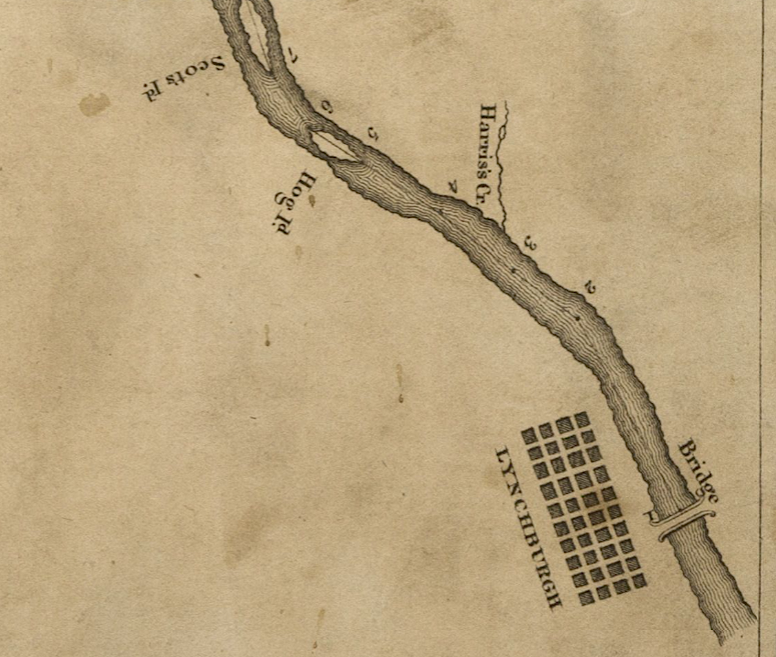
Lynchburg on the James River, 1614
Source: Virginia Memory, A survey of the headwaters of the James River and the Greenbrier, Jackson River and the Great Kenhawa or New River, and the high road between them (Andrew Alexander, 1814)

Lynchburg on the James River, 1614
Source: Virginia Memory, A survey of the headwaters of the James River and the Greenbrier, Jackson River and the Great Kenhawa or New River, and the high road between them (Andrew Alexander, 1814)

industry in Lynchburg has evolved from tobacco processing, to manufacturing, to nuclear reactor development
Source: Library of Congress, Glamorgan Pipe Works, Lynchburg, Va (1909)
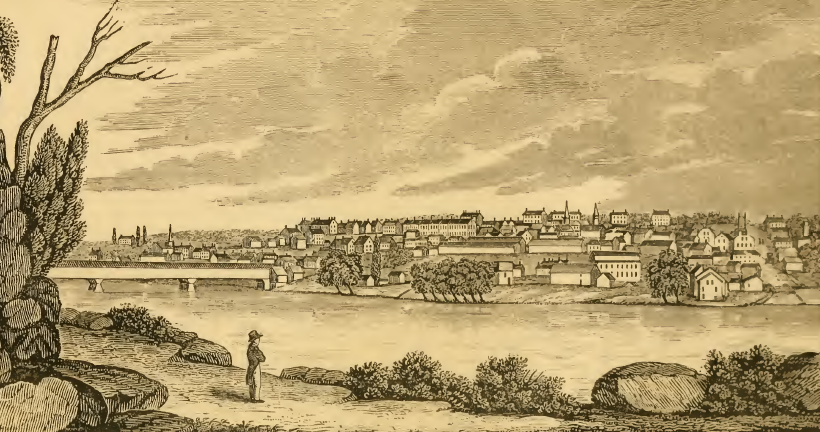
looking across the James River at Lynchburg in the 1840's
Source: Henry Howe, Historical collections of Virginia (p.213)
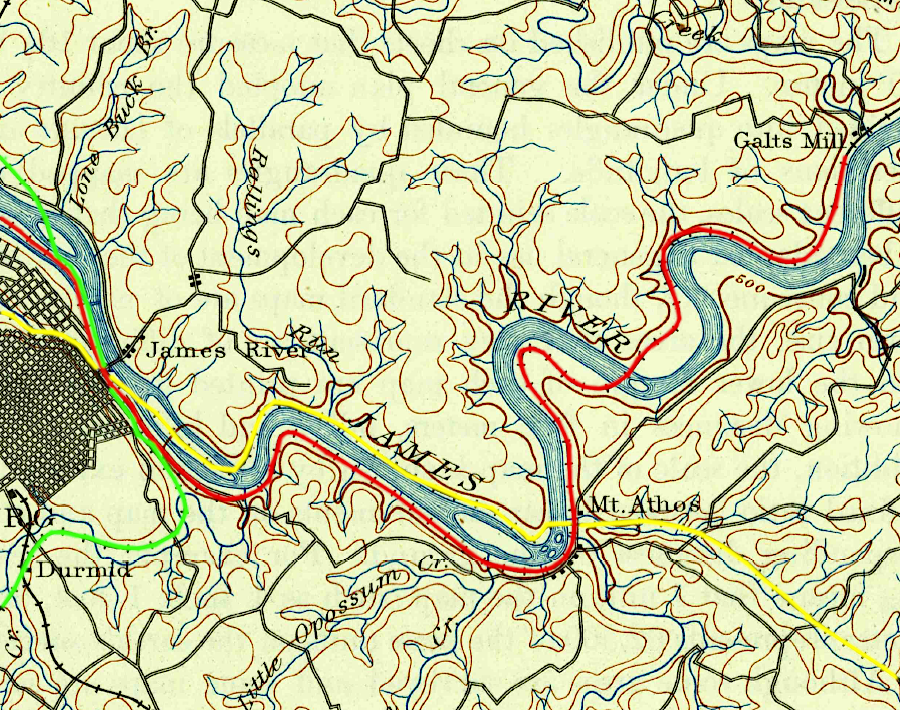
after 1894 Lynchburg was served by the Norfolk and Western (yellow), Chesapeake and Ohio (red), and Southern (green) railroads
Source: US Geological Survey (USGS), Lynchburg, Va (1892)
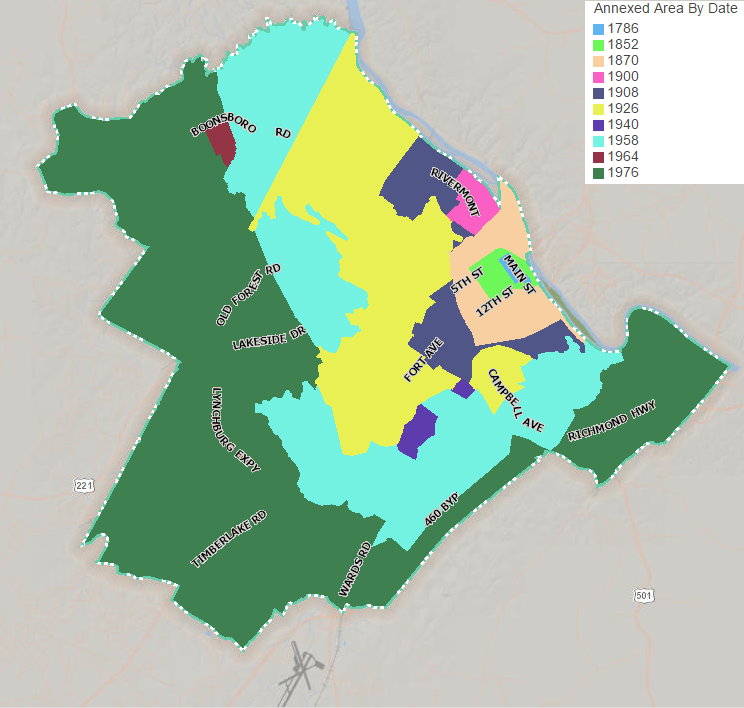
multiple annexations to expand the city boundaries, but the city-owned Lynchburg Regional Airport is outside the city's boundaries in Campbell County
Source: City of Lynchburg, ParcelViewer
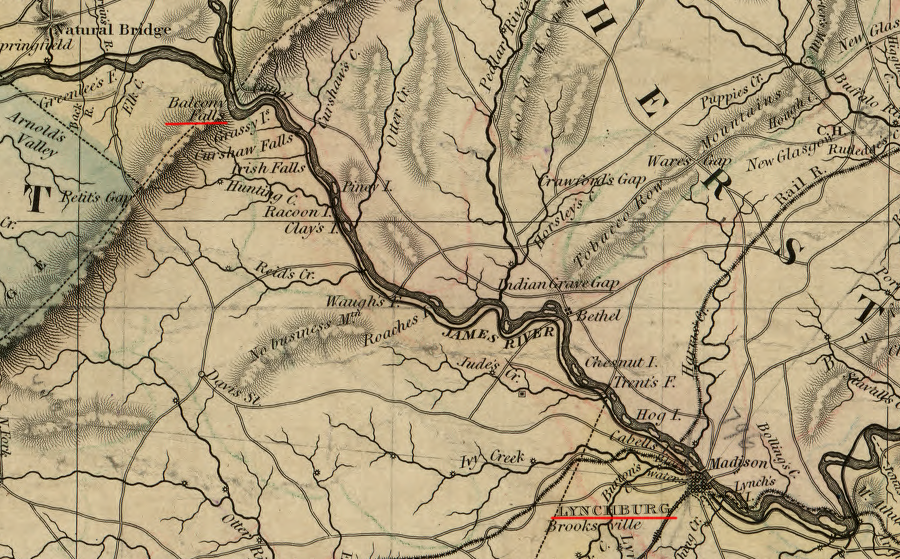
prior to the Civil War, Lynchburg benefitted from the traffic coming through the Blue Ridge at Balcony Gap and down the James River and Kanawha Canal
Source: Library of Congress, A map of the state of Virginia, constructed in conformity to law from the late surveys authorized by the legislature and other original and authentic documents (1859)
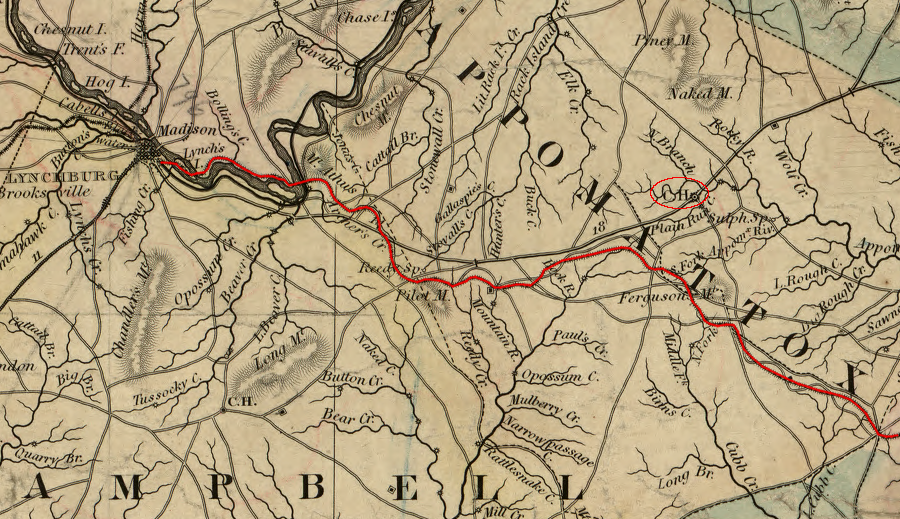
the South Side Railroad, linking Lynchburg to Petersburg, ran near Appomattox Court House and shaped where the Army of Northern Virginia would finally surrender in 1865
Source: Library of Congress, A map of the state of Virginia, constructed in conformity to law from the late surveys authorized by the legislature and other original and authentic documents (1859)
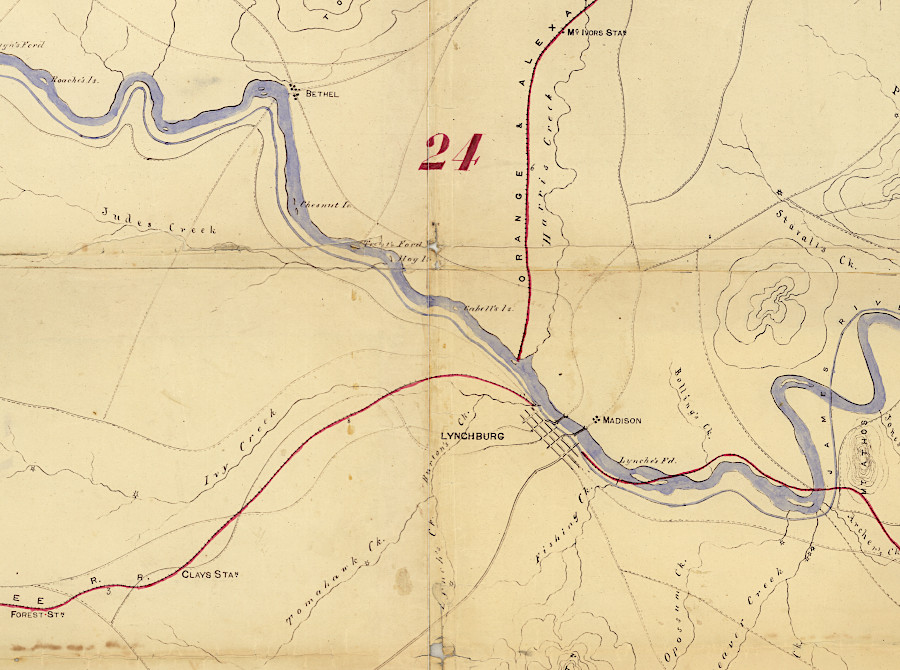
before the Civil War, Lynchburg was a railroad hub with connections to Bristol, Alexandria, and Petersburg
Source: Library of Congress, Central Virginia (1864)
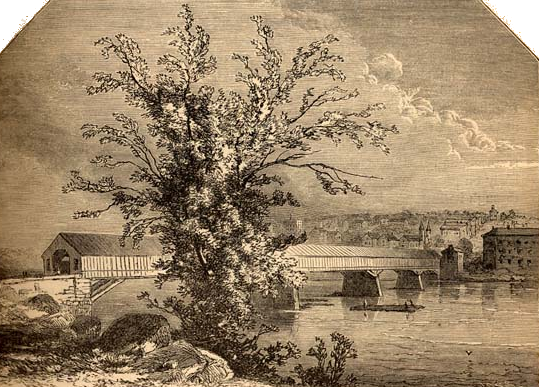
Lynchburg after the Civil War
Source: University of North Carolina, The Great South; A Record of Journeys in Louisiana, Texas, the Indian Territory, Missouri, Arkansas, Mississippi, Alabama, Georgia, Florida, South Carolina, North Carolina, Kentucky, Tennessee, Virginia, West Virginia, and Maryland (1875)
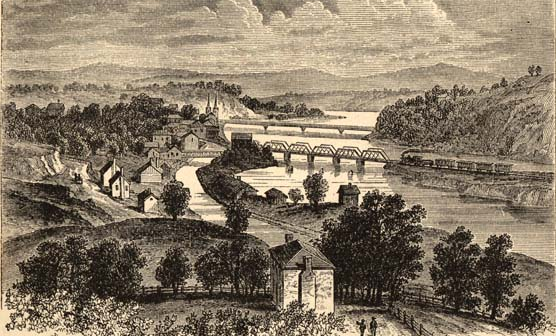
manufacturing at Lynchburg grew in part because it offered good transportation connections to the port cities of Richmond and Petersburg
Source: University of North Carolina, The Great South; A Record of Journeys in Louisiana, Texas, the Indian Territory, Missouri, Arkansas, Mississippi, Alabama, Georgia, Florida, South Carolina, North Carolina, Kentucky, Tennessee, Virginia, West Virginia, and Maryland (1875)
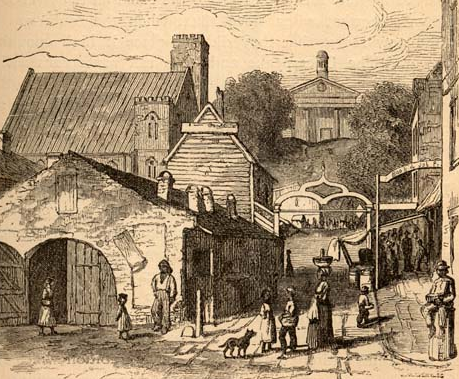
Lynchburg after the Civil War
Source: University of North Carolina, The Great South; A Record of Journeys in Louisiana, Texas, the Indian Territory, Missouri, Arkansas, Mississippi, Alabama, Georgia, Florida, South Carolina, North Carolina, Kentucky, Tennessee, Virginia, West Virginia, and Maryland (1875)
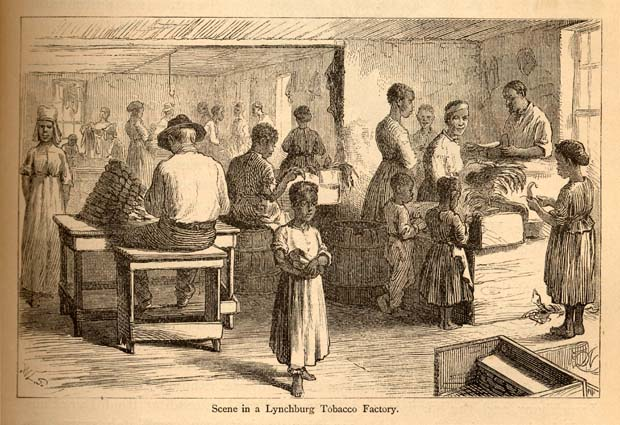
Lynchburg was a major tobacco processing center
Source: University of North Carolina, The Great South; A Record of Journeys in Louisiana, Texas, the Indian Territory, Missouri, Arkansas, Mississippi, Alabama, Georgia, Florida, South Carolina, North Carolina, Kentucky, Tennessee, Virginia, West Virginia, and Maryland (1875)
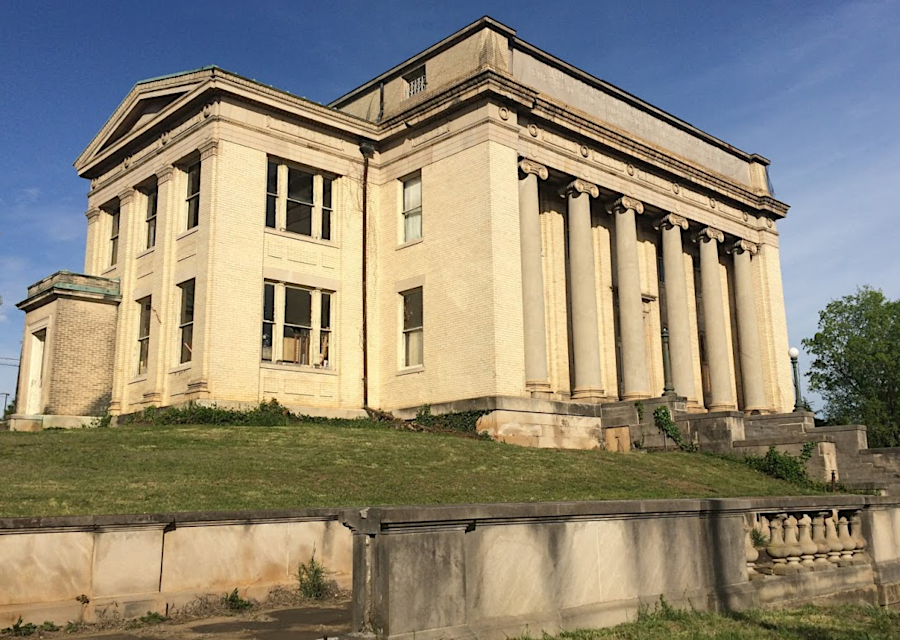
Jones Memorial Library on Rivermont Avenue
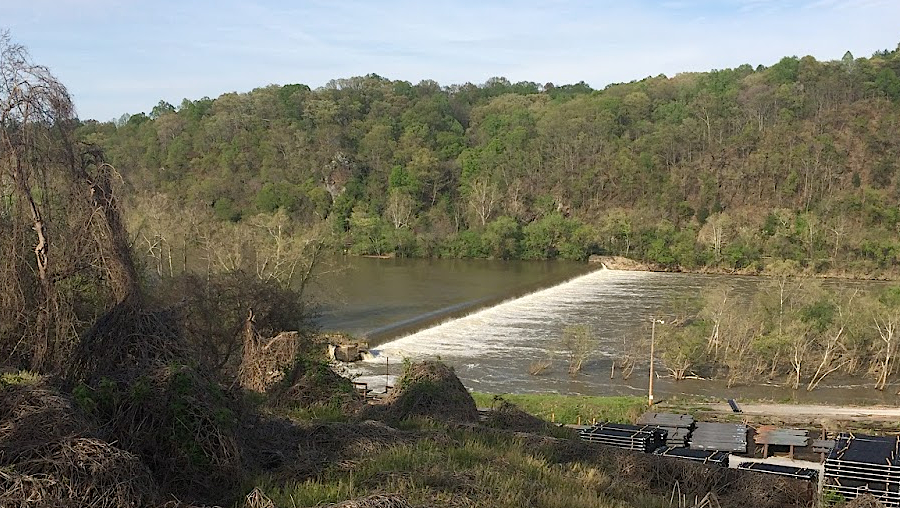
Scots Mill Dam, upstream of the Griffin Pipe (now US Pipe) ductile iron facility near the John Lynch Memorial Bridge
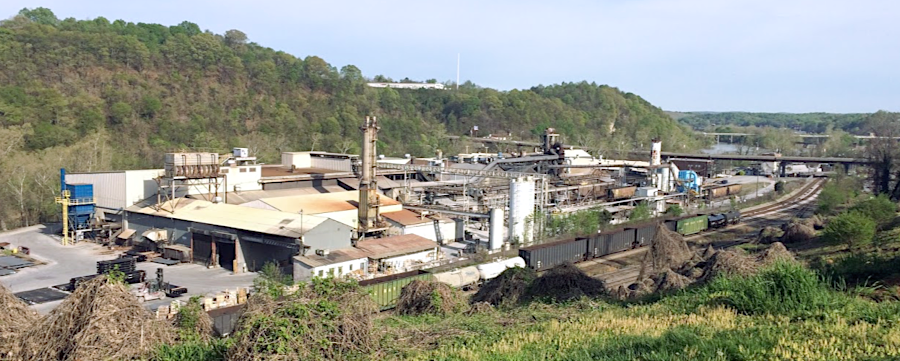
the Griffin Pipe (now US Pipe) ductile iron facility stretches under the John Lynch Memorial Bridge
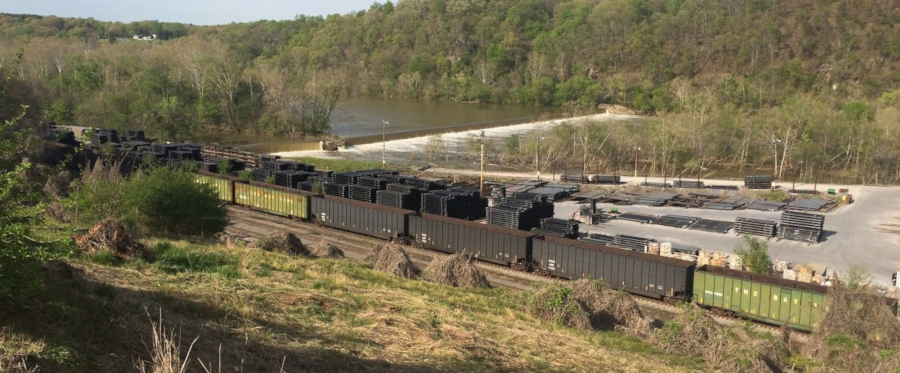
ductile pipe produced at the Griffin Pipe facility, stored near Scots Mill Dam
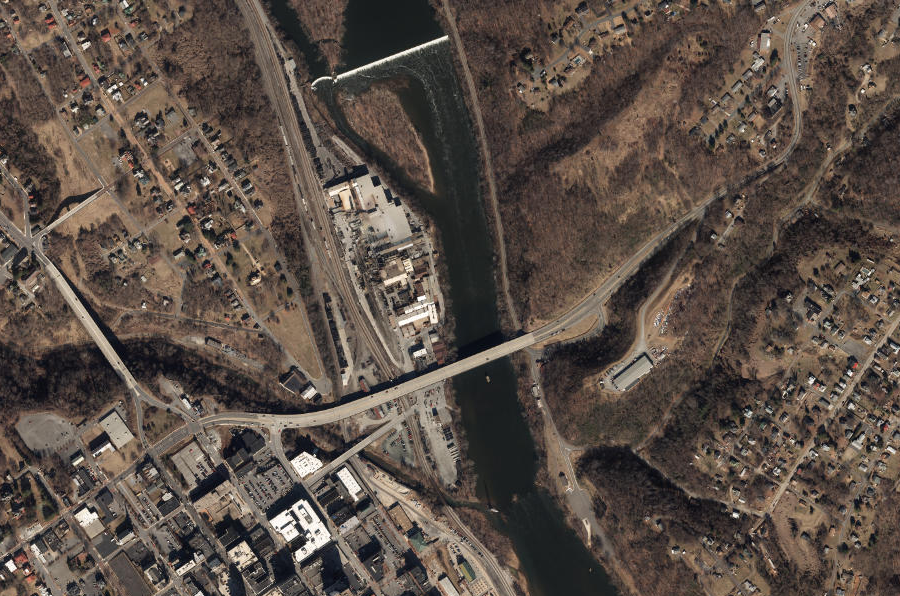
Lynchburg, from John Lynch Memorial Bridge to Scots Mill Dam
Source: ESRI, ArcGIS Online
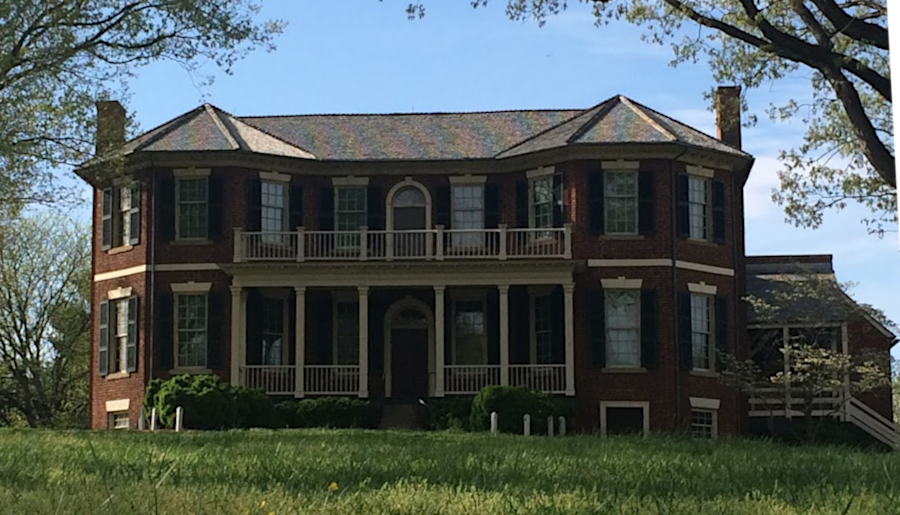
Point of Honor
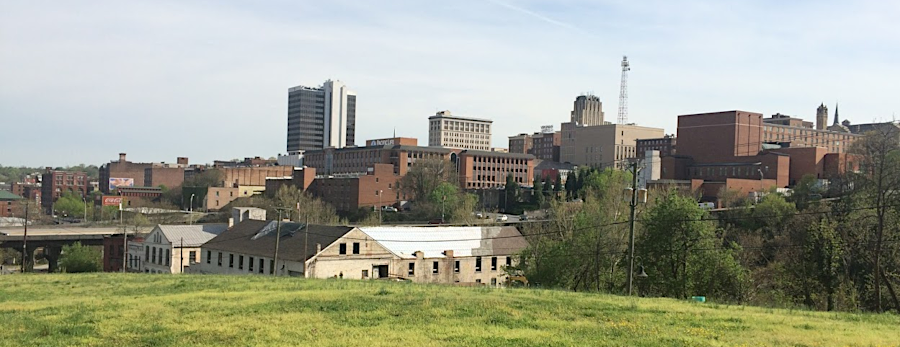
looking at downtown Lynchburg, from Point of Honor
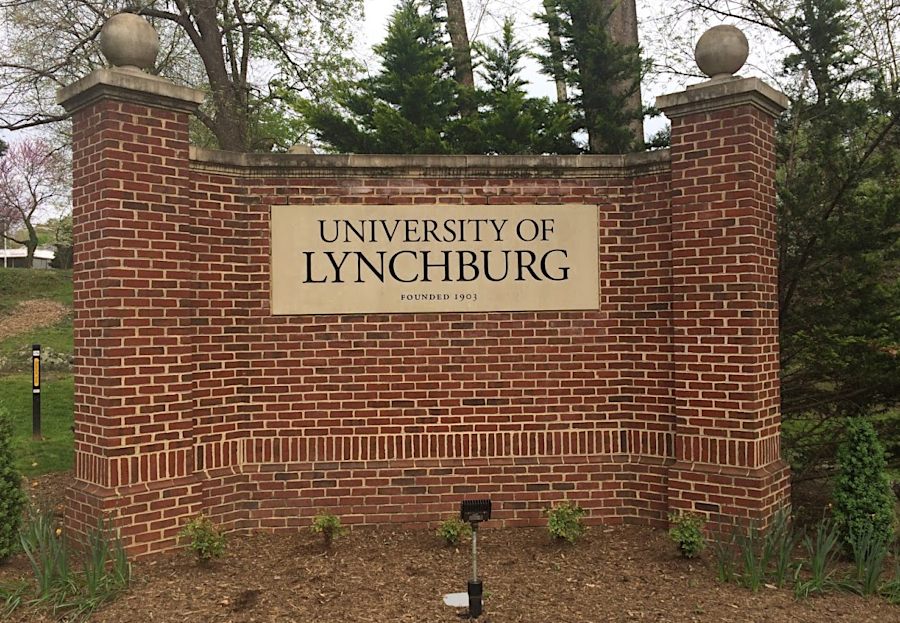
the University of Lynchburg was founded as Virginia Christian College in 1903, and is still affiiated with the Disciples of Christ
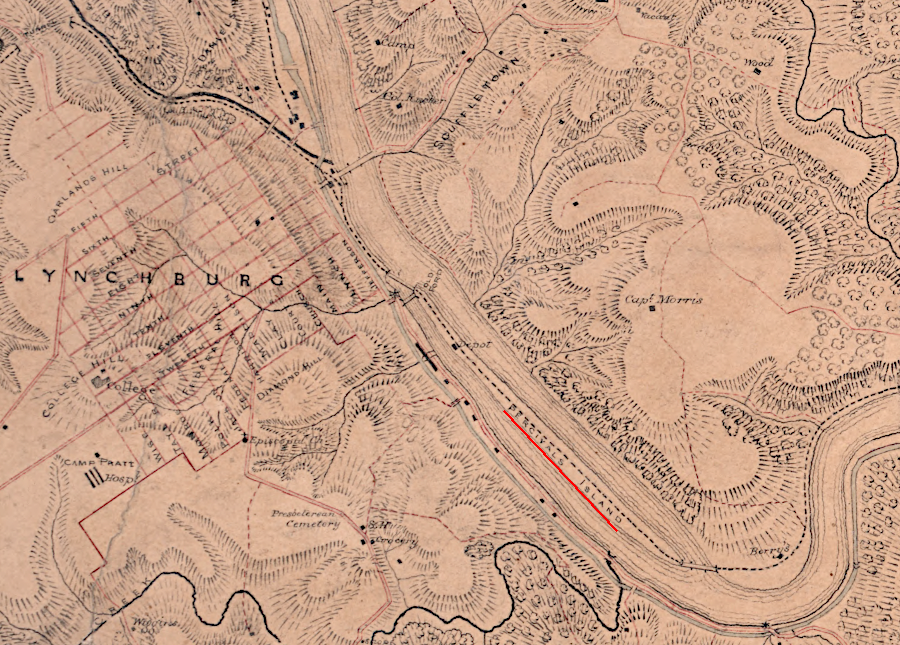
Lynchburg in 1864, showing the railroad crossing Percivals Island
Source: Library of Congress, Lynchburg and vicinity (1864)